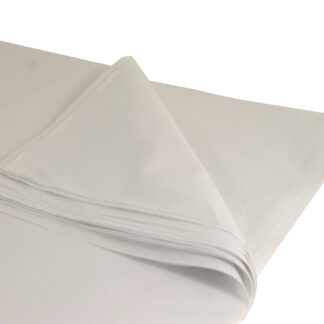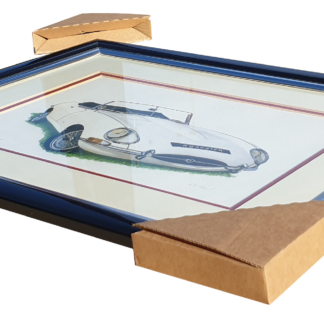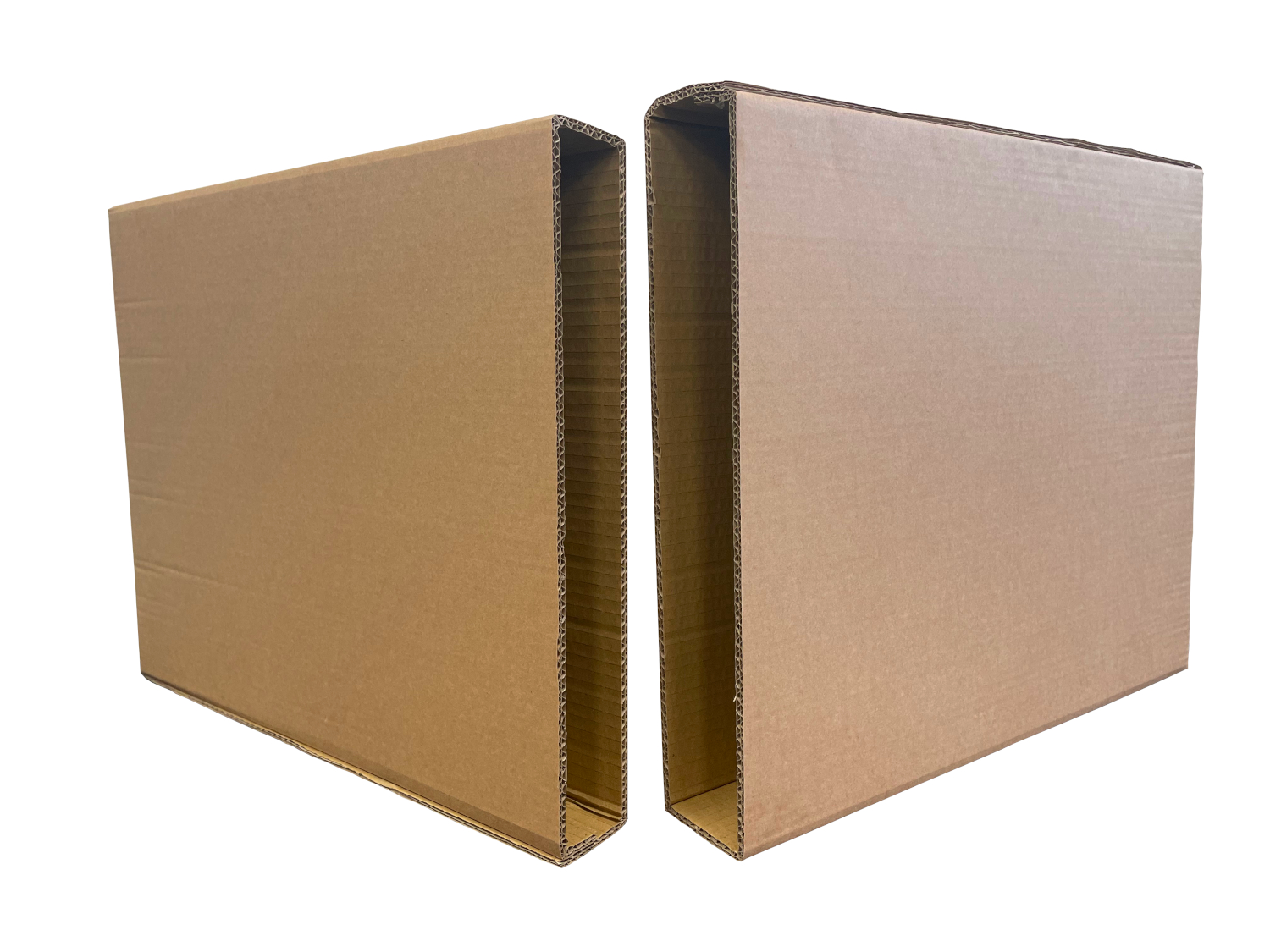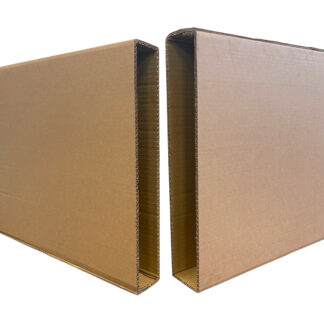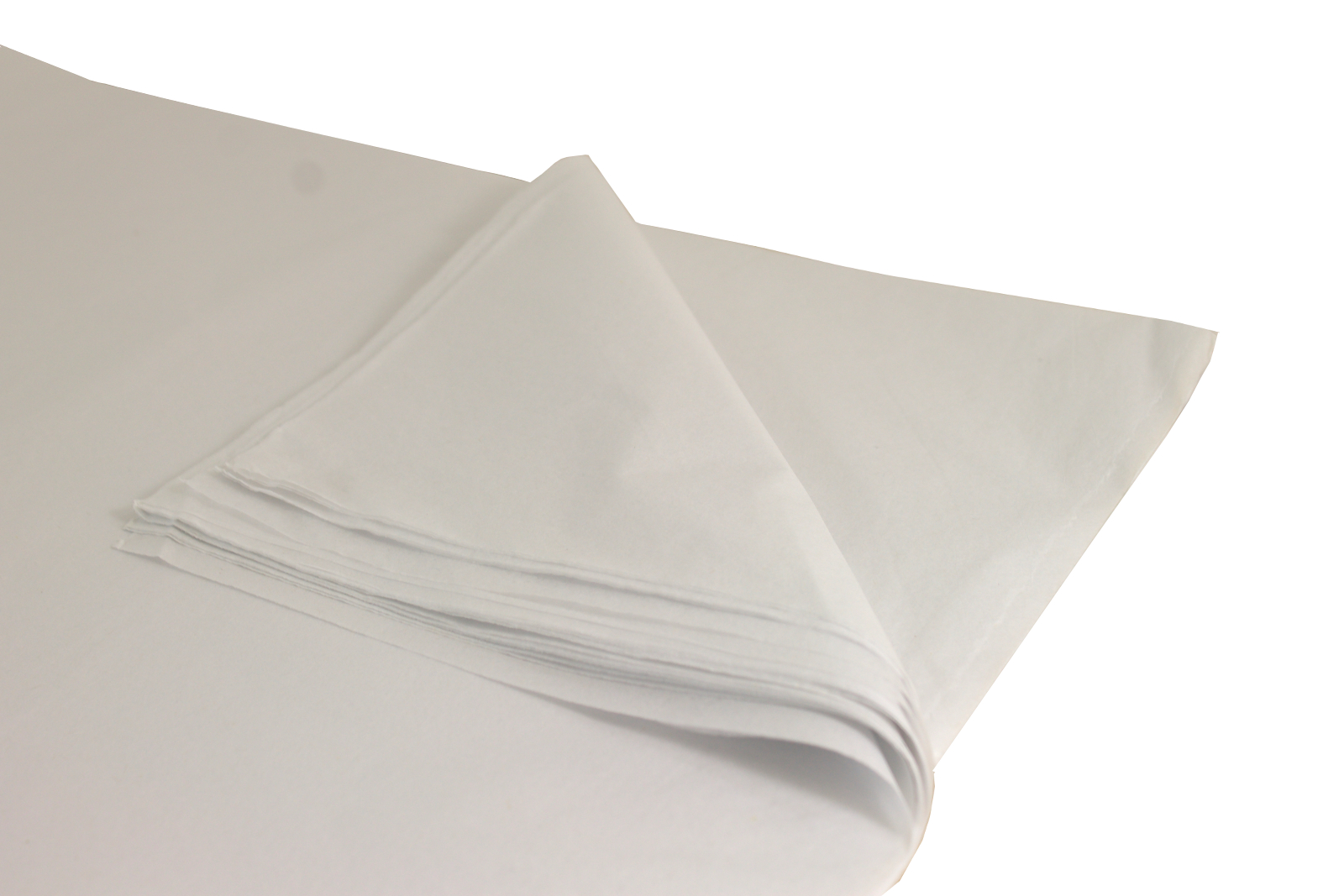
When it comes to packing and packaging goods, businesses and individuals are increasingly looking for materials that offer superior protection while maintaining aesthetic appeal. Acid-free tissue paper has become a preferred choice across various industries due to its pH-neutral properties, high-quality composition, and ability to preserve delicate items. Whether you are packaging artwork, jewellery, or premium gifts, acid-free tissue paper provides several advantages over regular tissue paper and other packing materials.
What is Acid-Free Tissue Paper?
Acid-free tissue paper is specially processed to be pH neutral, meaning it does not contain acids that can cause deterioration or discolouration over time. Regular tissue paper, by contrast, may contain acidic compounds that can lead to yellowing, fading, or degradation of the items it comes into contact with. This makes acid-free tissue paper an essential material for protecting sensitive items that require long-term preservation.
Key Benefits of Acid-Free Tissue Paper
1. Prevents Discolouration and Degradation
One of the biggest risks when packaging delicate items like jewellery, silverware, and artwork is the possibility of discolouration caused by acid exposure. Acid-free tissue paper ensures that metals, ceramics, fabrics, and other materials remain untarnished, maintaining their original appearance for longer periods. This is particularly important for businesses that sell premium goods and want to uphold product quality.
2. Offers Superior Protection Without Bulk
Compared to other packaging materials like bubble wrap or foam, acid-free tissue paper provides a lightweight yet effective protective layer. While it is soft and pliable, it is also strong enough to cushion delicate items against scratches and abrasions. This makes it a great choice for wrapping fragile objects such as porcelain, glassware, and antique books.
3. Enhances Presentation and Branding
Aesthetics matter, especially in luxury packaging. Acid-free tissue paper is commonly used by high-end brands to create an elegant unboxing experience for customers. Available in various textures and thicknesses, it gives products a sophisticated, professional look while ensuring they arrive in pristine condition. The premium quality of acid-free tissue paper reflects positively on a brand’s image, adding a touch of exclusivity to any package.
4. Eco-Friendly Alternative to Synthetic Packaging
Many businesses are shifting towards sustainable packaging solutions, and acid-free tissue paper is an excellent eco-friendly choice. Unlike plastic bubble wrap or foam inserts, it is biodegradable and recyclable, reducing environmental impact. By choosing acid-free tissue paper, businesses can align with environmentally conscious consumers and contribute to sustainability efforts.
5. Versatile for Multiple Applications
Acid-free tissue paper is incredibly versatile and can be used across various industries for different packaging needs:
- Art and Photography: Ideal for wrapping paintings, prints, and photographs to prevent deterioration over time.
- Jewellery and Silverware: Protects against tarnishing and oxidation, ensuring metal surfaces retain their shine.
- Fashion and Textiles: Used for packaging high-end clothing, wedding dresses, and fabric items to prevent yellowing and creasing.
- Gift Packaging: Adds a luxurious touch to retail gift boxes, improving customer experience.
- Antiques and Collectables: Helps preserve the condition of valuable vintage items and heirlooms.
6. Reduces the Need for Harsh Chemical Treatments
Certain packaging materials contain chemicals that can react negatively with delicate items. Acid-free tissue paper eliminates the need for chemical-based preservation methods, making it a safer choice for wrapping organic materials like leather, silk, and historical documents.
Why Acid-Free Tissue Paper is Superior to Regular Tissue Paper
While standard tissue paper may appear similar, it lacks the pH neutrality that makes acid-free tissue paper ideal for preservation. Regular tissue paper can cause damage over time due to its acidic content, making it unsuitable for long-term storage or packaging of delicate materials. Acid-free tissue paper, on the other hand:
- Maintains the integrity of sensitive materials
- Prevents fading, staining, or material breakdown
- Is a safer choice for valuable and heirloom items
Industries That Benefit Most from Acid-Free Tissue Paper
1. Retail and E-Commerce
Luxury brands, jewellery retailers, and boutique shops use acid-free tissue paper to enhance product presentation while ensuring safe delivery to customers. Its lightweight nature also helps in reducing shipping costs compared to heavier packaging alternatives.
2. Art and Museum Conservation
Museums and galleries rely on acid-free tissue paper to store and transport valuable paintings, sculptures, and historical documents. This ensures that priceless artefacts remain in excellent condition for future generations.
3. Fashion and Textile Industry
High-end fashion designers and bridal boutiques use acid-free tissue paper to package delicate garments, preventing creases and fabric degradation. It is also used for storing vintage clothing items.
4. Handcrafted Goods and Small Businesses
Artisan jewellery makers, ceramic artists, and crafters benefit greatly from acid-free tissue paper, as it prevents oxidation and material damage. Many small businesses use it to add a personal and premium feel to their product packaging.
5. Stationery and Book Preservation
Rare books, documents, and calligraphy pieces need acid-free tissue paper to prevent ink fading and paper degradation over time. Bookshops and collectors often wrap valuable literary works in acid-free tissue paper for safekeeping.
A Tear-Free Conclusion
Acid-free tissue paper is a practical, protective, and aesthetically appealing packaging material that serves multiple industries. Whether you are looking to prevent tarnishing in jewellery, preserve historical artefacts, or simply add an elegant touch to gift wrapping, this pH-neutral paper offers undeniable benefits. Unlike standard tissue paper, acid-free variants provide long-term protection and are a sustainable alternative to synthetic packaging materials. Businesses seeking high-quality packaging solutions should consider switching to acid-free tissue paper to ensure product integrity, enhance customer satisfaction, and support eco-friendly initiatives.
-
450mm x 700mm – Super Premium Acid Free Tissue Paper
£17.50 – £50.96 -
500mm x 750mm – Super Premium Acid Free Tissue Paper
£20.94 – £60.00 -
750mm x 1000mm – Super Premium Acid Free Tissue Paper
£27.95 – £99.40

